China’s financing and investment spread across 61 BRI countries in 2023 (up...
2024-02-27 31 英文报告下载
Prices for primary commodities other than metals fell in the second quarter of 2020 (April-June), with the price of fuels declining most, around 50% year-on-year (Chart 2.2). Food prices were down 3% over the same period, while prices for agricultural raw materials dropped 13%. In contrast, prices for metals rose 6% in Q2. As countries began to reopen their economies after lockdowns, the price of fuel started to rise, as travel restrictions were relaxed and demand for oil gradually picked up. Strong price increases were recorded between May and August 2020 for food (5%), agricultural raw materials (5%), metals (19%) and fuels (40%). 2.12. Nominal effective exchange rates fluctuated in the first half of 2020, as the COVID-19 virus spread worldwide (Chart 2.3). The US dollar and the Japanese yen appreciated by 4.4% and 4.5%, respectively, against a broad basket of currencies, while the Chinese renminbi declined by 1.1%. The British pound maintained its value, with a rise of just 0.3% over the same period. The euro also recorded a modest 1.0% appreciation from January to June 2020. 2.13. The US dollar appreciated in the beginning of the COVID-19 pandemic, reflecting the currency’s traditional safe haven role, with a rise of 7.1% in nominal effective terms between January and April 2020. However, as the global economy gradually reopened, it declined by 5% between April and August 2020.As damaging as COVID-19 was for merchandise trade, its impact on trade in services was even greater.
This negative influence is illustrated by Chart 2.8, which shows commercial services trade by sector through Q2, and Chart 2.9, which shows quarterly services exports and imports of major traders. 2.21. The US dollar value of world commercial services trade was down 30% year-on-year in the second quarter (Chart 2.8), while the value of merchandise trade was only down 21%. Lockdowns and travel restrictions were particularly devastating for the tourism industry, as travellers' expenditures dropped 81% and transport services fell 31% in Q2. Together, these two categories make up 43% of commercial services trade worldwide. 2.22. The category of other commercial services, which encompasses several sectors including financial services, was relatively less affected by the pandemic, with a decline of 9%. Within this category, many activities that require physical proximity, including movie production and live performances, were either prohibited or severely restricted due to health concerns. On the other hand, financial services were only marginally affected since these are more easily provided remotely. 2.23. The pandemic boosted demand for certain types of services, particularly ICT services, which registered an uptick of 0.1% in exports in Q2. Within ICT services, exports of computer services recorded a 3.6% year-on-year increase. These services have been instrumental in enabling working from home, without which, the economic impact of COVID-19 would have been considerably worse.

标签: 英文报告下载
相关文章
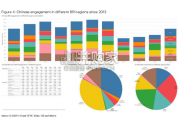
China’s financing and investment spread across 61 BRI countries in 2023 (up...
2024-02-27 31 英文报告下载
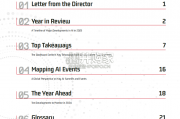
Though the risk of AI leading to catastrophe or human extinction had...
2024-02-26 52 英文报告下载
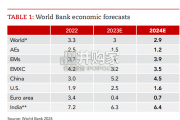
Focusing on the prospects for 2024, global growth is likely to come i...
2024-02-21 96 英文报告下载
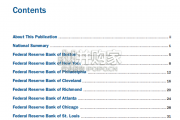
Economic activity declined slightly on average, employment was roughly flat...
2024-02-07 67 英文报告下载
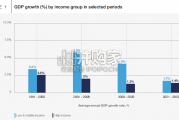
Economic growth can be defned as an increase in the quantity or quali...
2024-02-06 82 英文报告下载
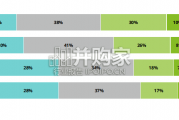
In this initial quarterly survey, 41% of leaders reported their organizatio...
2024-02-05 66 英文报告下载
最新留言